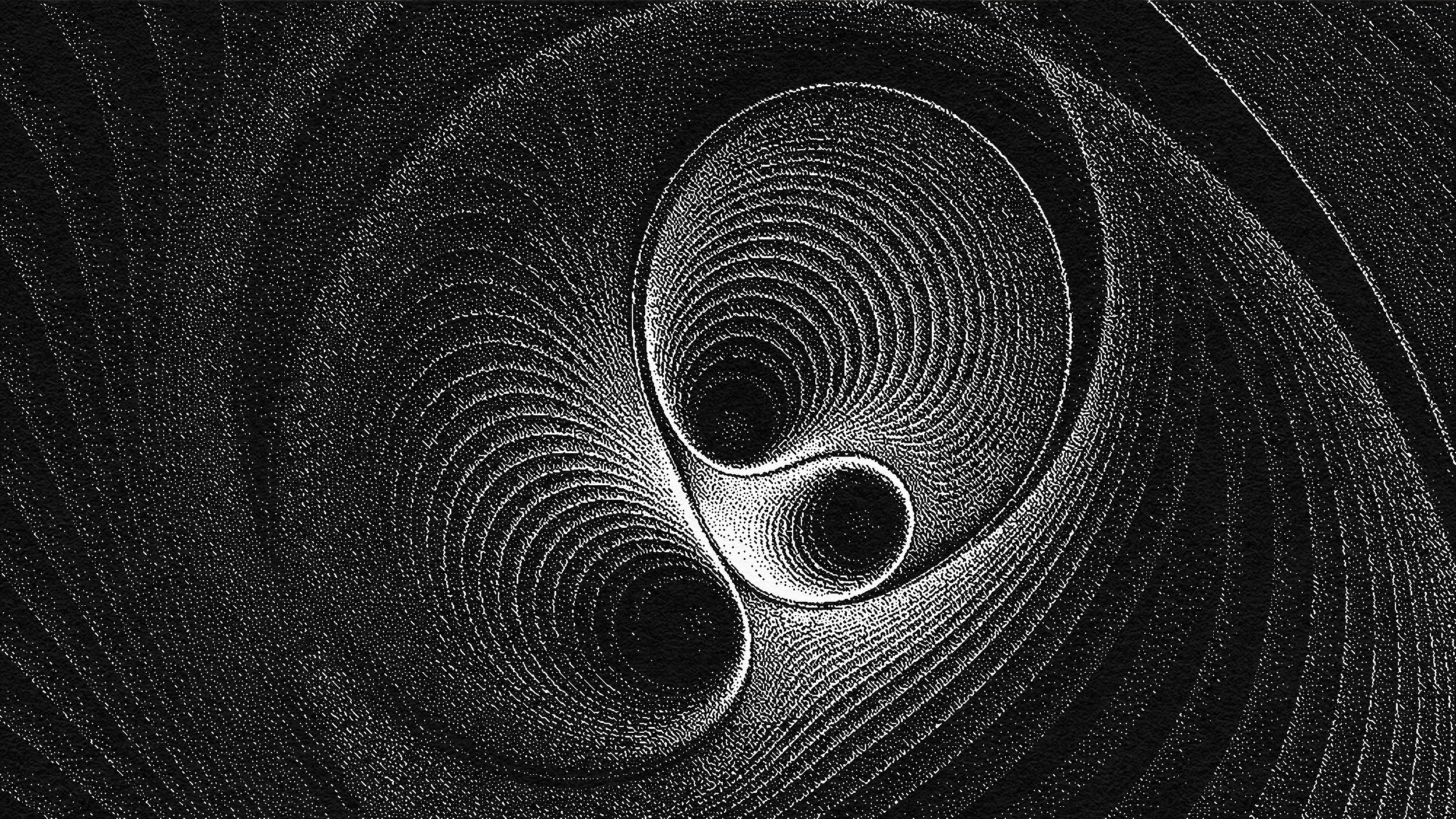Wolfgang Paul Was A Great Physicist, Not A Typo Of ‘Wolfgang Pauli’
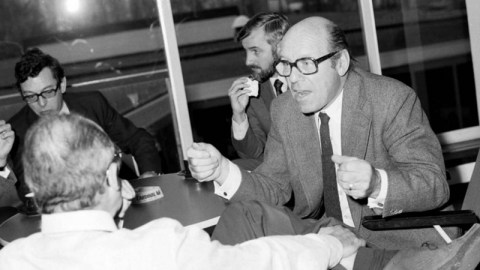
The world of particle physics sure does have surprises, even for the most educated of physicists out there.
If you ever take a visit to the physical site of CERN, where the Large Hadron Collider is located, you’ll immediately notice something wonderful about the streets. They’re all named after influential, important figures in the history of physics. Titans such as Max Planck, Marie Curie, Niels Bohr, Louis de Broglie, Paul Dirac, Enrico Fermi and Albert Einstein have all been honored, along with many others.
One of the more interesting surprises you might find, if you look hard enough, is a street honoring the physicist Wolfgang Paul. You might immediately think, “oh, someone vandalized the street of Wolfgang Pauli,” the famous physicist whose exclusion principle describes the behavior of all the normal matter in our Universe. But no; Pauli has his own street, and Wolfgang Paul is entirely his own Nobel-winning physicist. Here’s the story you haven’t heard.
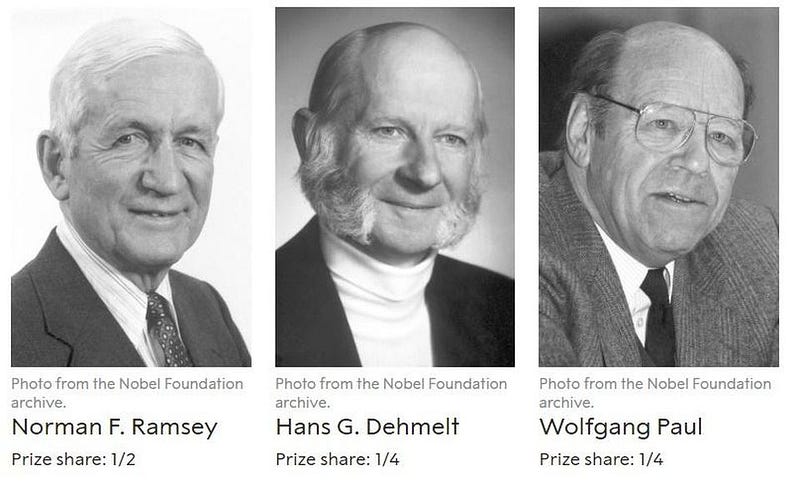
Wolfgang Paul, not to bury the lede, was awarded the Nobel Prize in Physics back in 1989. Paul’s most important contribution to physics was the development of the ion trap, which enabled physicists to capture charged particles in a system isolated from an external environment. Like most of the modern Nobel Laureates in physics, the critical work that Paul did was completed decades before the Nobel was awarded: way back in 1953.
Ion traps have many uses, from mass spectrometry to quantum computers. Paul’s design, specifically, enabled the 3D-capture of ions owing to the use of both static electric fields and oscillating electric fields. This is not the only type of ion trap in use today, as both Penning traps and Kingdon traps are also used. But even 66 years after they were first developed, the Paul trap is still in widespread use today.
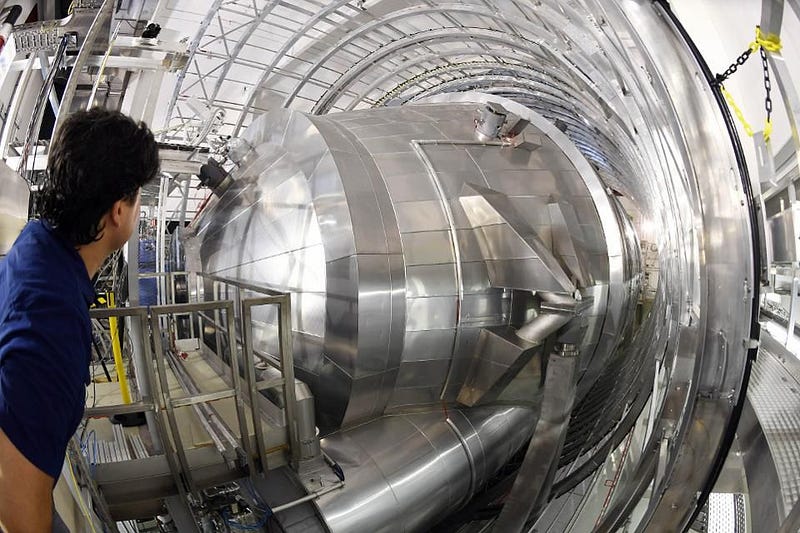
In his early career, Paul achieved his degrees by studying in Munich, Berlin, and then Kiel, working with Hans Geiger (of Geiger counter fame) and then Hans Kopfermann. During World War II, he researched isotope separation, which remains an important component in creating fissionable material for both reactors and nuclear weapons.
The way you separate different isotopes out is based on a simple principle: every element is defined by the number of protons in its atomic nucleus, but different isotopes can contain different numbers of neutrons. When you apply an electric or magnetic field to any atomic nucleus, the force it feels is based on its electric charge (the number of protons), but the acceleration it experiences is proportional to its mass.
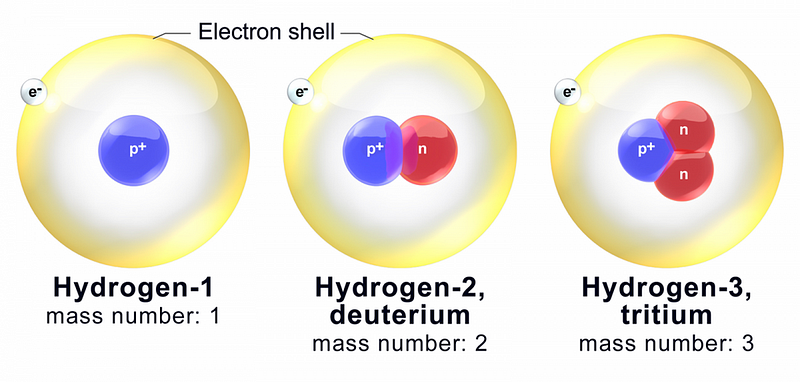
With the same force acting on a different mass, you can achieve different accelerations for different isotopes, and — in principle — sort the different isotopes of the same element via that method. In practice, the methods and mechanisms used to sort isotopes is far more complex than that, and Paul, along with Kopfermann and many others, worked extensively on this at the University of Bonn in the post-World War II years.
One of the techniques Paul worked to develop is that of mass spectrometry, which enables you to separate out particles based on mass. While this may not work for neutral atoms, which don’t curve or accelerate owing to the presence of electric and magnetic fields, you can separate them easily if you kick even a single electron off of one of them, transforming them into ions. With unique charge-to-mass ratios, you can use electromagnetism to your advantage.
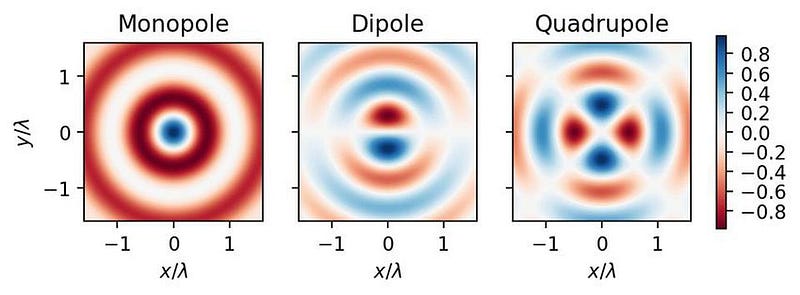
This was where Paul’s work, in the 1950s, really took off. We might be used to electric fields as emanating from a point, where the electric charge itself exists, but these are the simplest kind of electric fields: monopole fields. We can also have dipole fields, where you have a positive and negative charge (for an overall neutral system) that are separated by a small distance.
This results in a field analogous to the magnetic fields you’ve seen for a bar magnet: where you have two poles at opposite ends of the magnet. While you might not find it intuitive, you can also put a series of dipoles in a certain configuration to cancel out the effects of both the monopole and the dipole terms, but still obtain an electric field: a quadrupole electric field. This technique can be extended indefinitely, to octopoles, hexadecapoles, and so on.
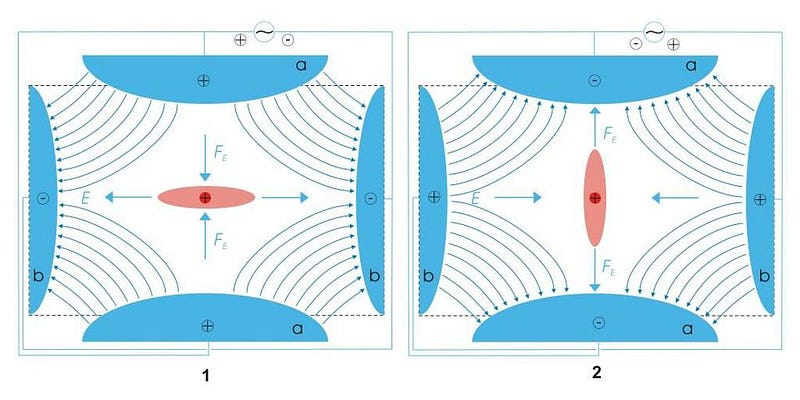
You might think that, with a properly configured electric field, you could successfully trap a particle and pin it in place. Unfortunately, it’s been known for an extremely long time — since 1842, when Samuel Earnshaw proved it — that no configuration of static electric fields will be successful at this.
Fortunately, Paul figured out a method to trap the ions by using a combination of static electric fields and oscillating electric fields. In all three dimensions, Paul’s setup created electric fields that switched directions rapidly, effectively confining the particles to a very small volume and preventing their escape. In 1953, his laboratory developed the first three-dimensional ion trap, inventing a technique that’s still applied today.
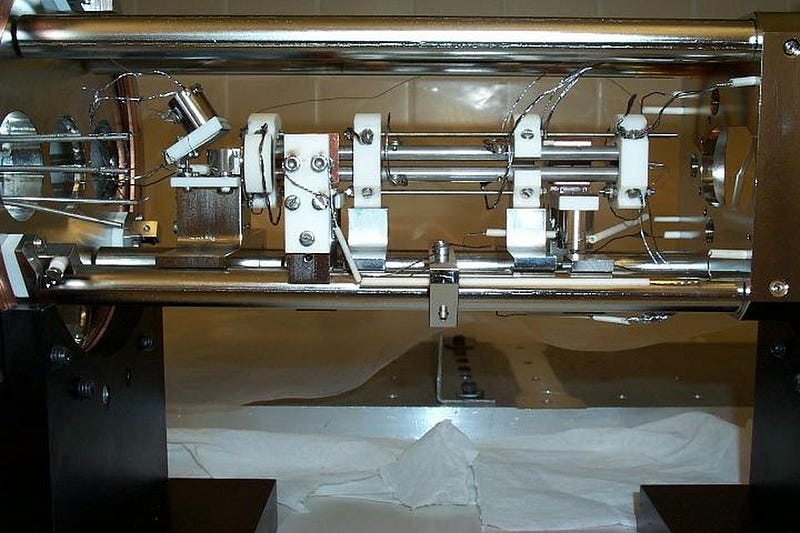
More specifically, Paul realized that if you set up a static quadrupole electric field and then superimposed this oscillating electric field atop it, could separate ions with the same charge but different masses. This was then further developed into a standardized method to separate ions by mass, now widely used in the process of mass spectrometry.
Further developments led to the Paul trap, which filters ions by mass and allows the desired ones to be kept, with the remainder discarded. Paul’s laboratory was also responsible, along with his fellow Nobel Laureate Hand Dehmelt (independently), for the Penning trap, which is another type of widely-used ion trap.
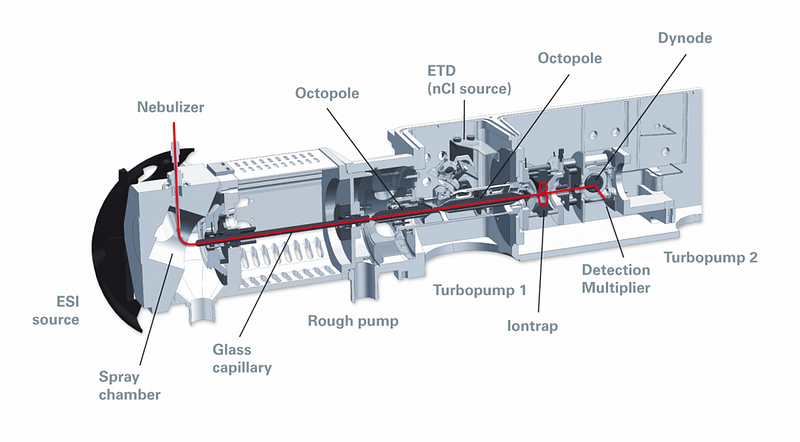
If you were someone interested in performing spectroscopy on Earth, the ultimate dream would be to observe a single atom or ion. This dream came true only because of three advancements that needed to occur in tandem:
- individual atoms or ions needed to be trapped and kept stable in an isolated environment,
- these composite particles then needed to be cooled to a low temperature where they could be effectively studied,
- and then the sensitivity of the detection apparatus needs to be enhanced so that a single atom or ion could be observed.
The 1989 Nobel Prize in Physics was awarded when this dream was achieved, but the very first step of all — to trap individual atoms and ions — was first accomplished in Paul’s laboratory, using the techniques that he himself pioneered.
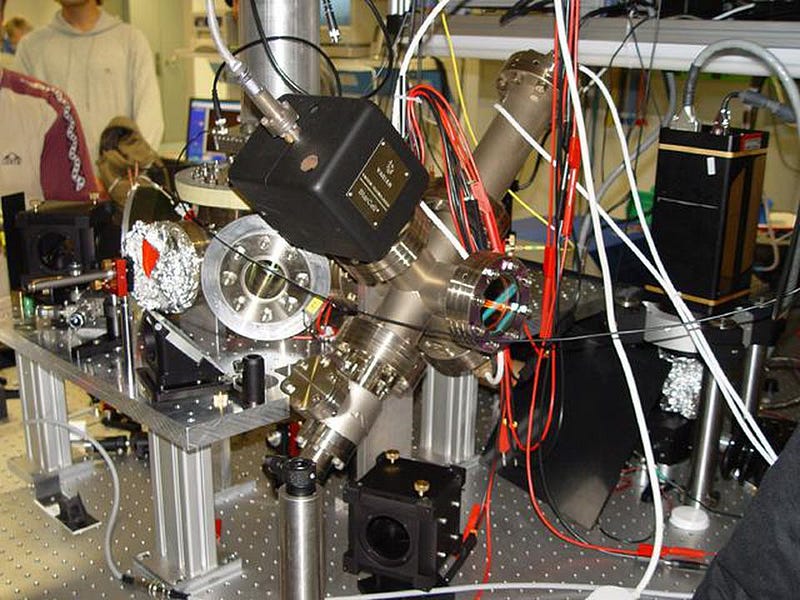
Paul traps are still used today to study and trap ions of all different types, including at the antimatter factory at CERN. Paul himself, meanwhile, went on to make many more important contributions to not only particle physics, but to its role in society. He was a professor of experimental physics at the University of Bonn for 41 years: from 1952 until his death in 1993.
In addition to his work on mass spectrometry, ion traps, and the Paul and Penning traps, he developed molecular beam lenses and worked on two early (circular electron) particle accelerators: the 500 MeV and 2,500 MeV synchrotrons, which were Europe’s first. During the 1960s, he served as CERN’s director of the division of nuclear physics, and in his later life, worked on containing and confining slow neutrons, leading to the first quality measurement of the half-life of an unbound neutron.
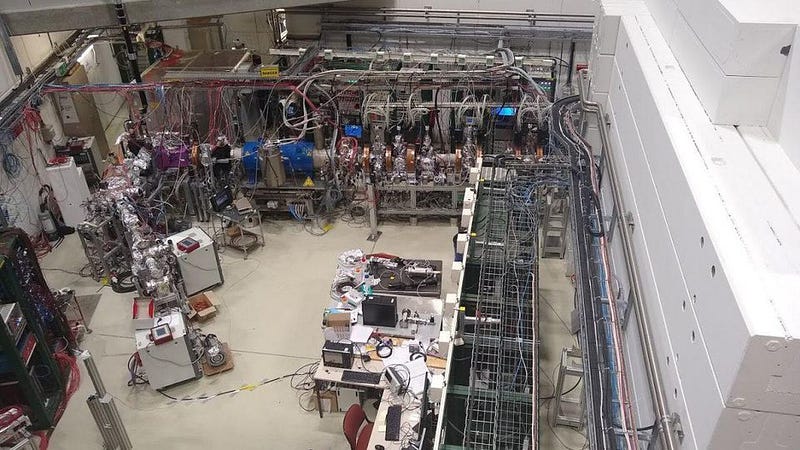
Yet recognition almost escaped Paul entirely. Upon his retirement, where he became Professor Emeritus, the University took his office away and moved him to a janitor’s closet in the basement. Despite all of his contributions to the University of Bonn (including singlehandedly getting 100% of the funding for the 500 MeV synchrotron and getting it built there) and to physics over the years, he never complained about it.
Yet when Stockholm called, everything changed. They moved him back out of the basement and into his former office, where he continued his work until the end of his days. Of course, posthumously, CERN chose him as one of the physicists to honor with a street all his own. It still exists today, and I assure you, it isn’t a typo.
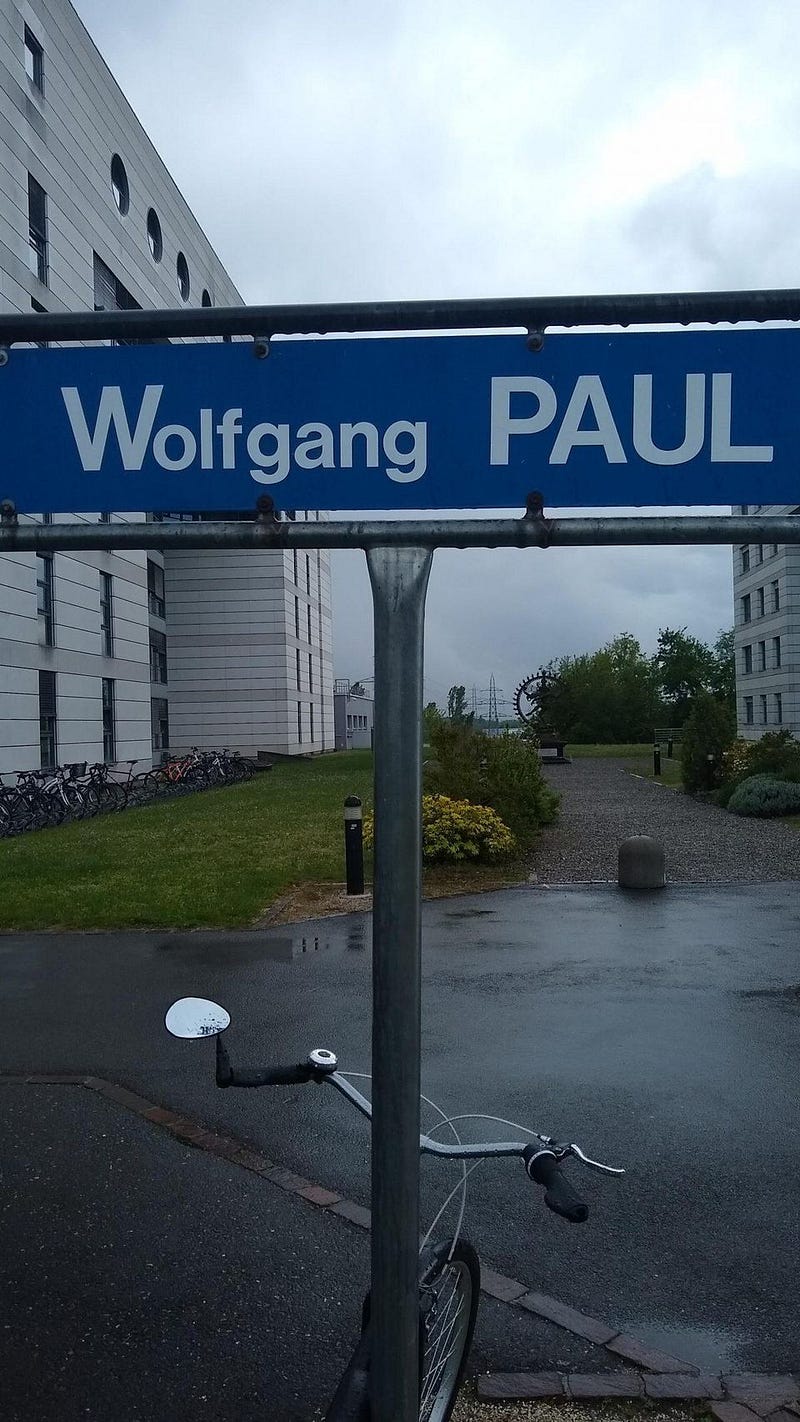
As for the connection between Wolfgang Paul and his much more famous contemporary, Wolfgang Pauli? They finally met in the 1950s in Bonn, when Pauli came to visit. Away from everyone else, Paul approached him, and quipped, in a joke that only a math or physics nerd would appreciate, “Finally! I meet my imaginary part!” May you never think of Wolfgang Paul as a mere typo ever again, and instead fully appreciate his tremendous contributions to our understanding of the matter that makes up this world.
Ethan Siegel is the author of Beyond the Galaxy and Treknology. You can pre-order his third book, currently in development: the Encyclopaedia Cosmologica.


